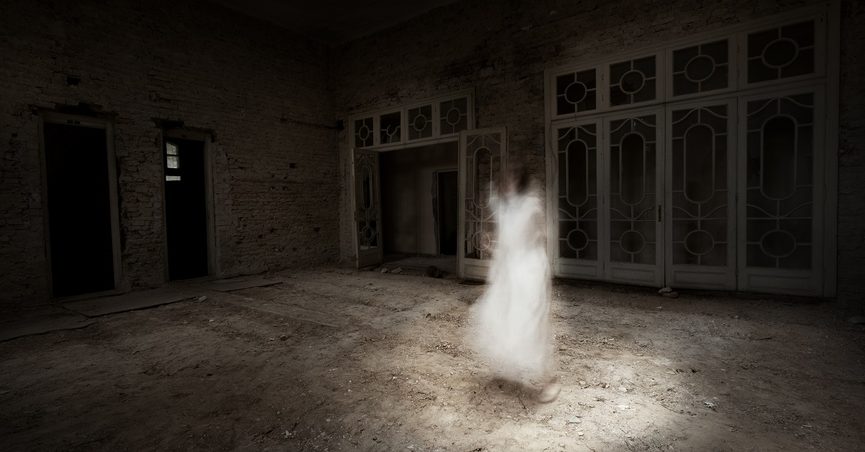不太可能在一天的冷光下看起来,幽灵和闹鬼是一个主流的信仰领域。

【原文】
This article is republished here with permission from The Conversation. This content is shared here because the topic may interest Snopes readers; it does not, however, represent the work of Snopes fact-checkers or editors.
Halloween seems an appropriate time of year to share the story of the Chaffin family and how a ghost helped decide a dispute over an inheritance. James L Chaffin of Monksville, North Carolina, died after an accident in 1921, leaving his estate in full to his favourite son Marshall and nothing to his wife and three other children. A year later Marshall died, so the house and 120 acres of land went to Marshall’s widow and son.
But four years later, his youngest son James “Pink” Chaffin started having extraordinary dreams in which his father visited him and directed him to the location of a second, later will in which Chaffin senior left the property divided between his widow and the surviving children. The case went to court and, as you’d expect, the newspapers of the time went mad for the story.
Looking at how the brain works, the experience of hallucinations is a lot more common than many people realise. The SPR, founded in 1882, collected thousands of verified first-hand reports of visual or auditory hallucinations of a recently deceased person. More recent research suggests that a majority of elderly bereaved people may experience visual or auditory hallucinations of their departed loved ones that persist for a few months.
Another source of hallucinations is the phenomenon of sleep paralysis, which may be experienced when falling asleep or waking up. This temporary paralysis is sometimes accompanied by the hallucination of a figure in the room that could be interpreted as a supernatural being. The idea that this could be a supernatural visitation is easier to understand when you think that when we believe in a phenomenon, we are more likely to experience it.
Consider what might happen if you were in a reputedly haunted house at night and you saw something moving in the corner of your eye. If you believe in ghosts, you might interpret what you saw as a ghost. This is an example of top-down perception in which what we see is influenced by what we expect to see. And, in the dark, where it might be difficult to see properly, our brain makes the best inference it can, which will depend on what we think is likely – and that could be a ghost.
According to the Dutch philosopher Baruch Spinoza, belief comes quickly and naturally, whereas scepticism is slow and unnatural. In a study of neural activity, Harris and colleagues discovered that believing a statement requires less effort than disbelieving it.
Given these multiple reasons for us to believe in ghosts, it seems that the belief is likely to be with us for many years to come.![]()
Anna Stone, Senior Lecturer in Psychology, University of East London
This article is republished from The Conversation under a Creative Commons license. Read the original article.
Help Supercharge Snopes For 2020
We have big plans. We need your help.